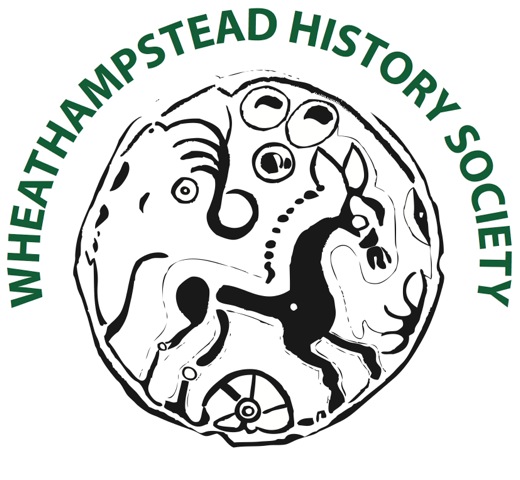
.JPG)
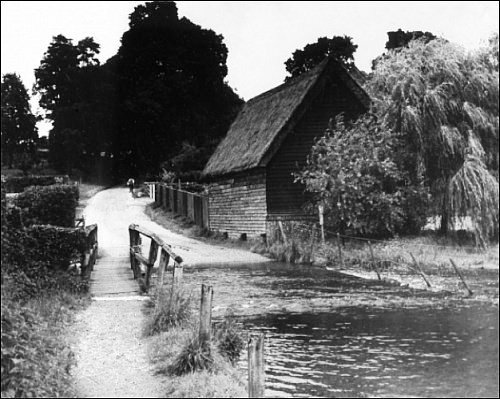
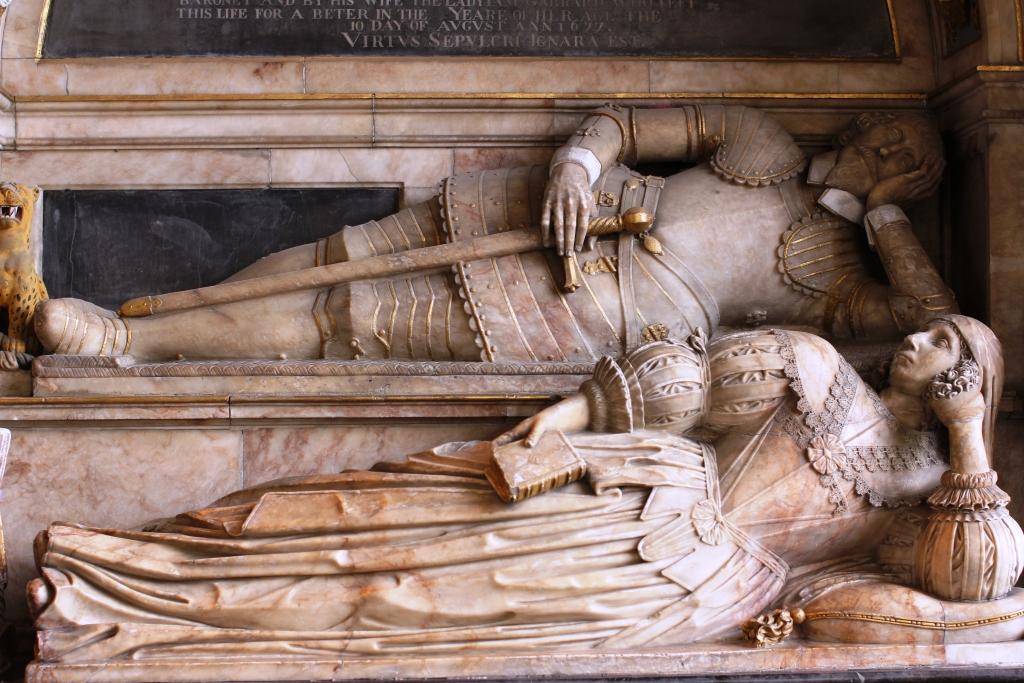
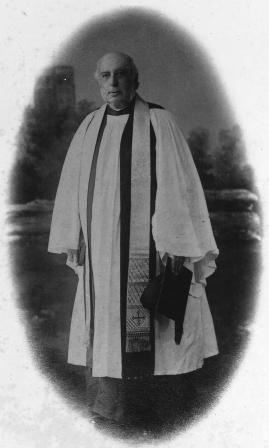
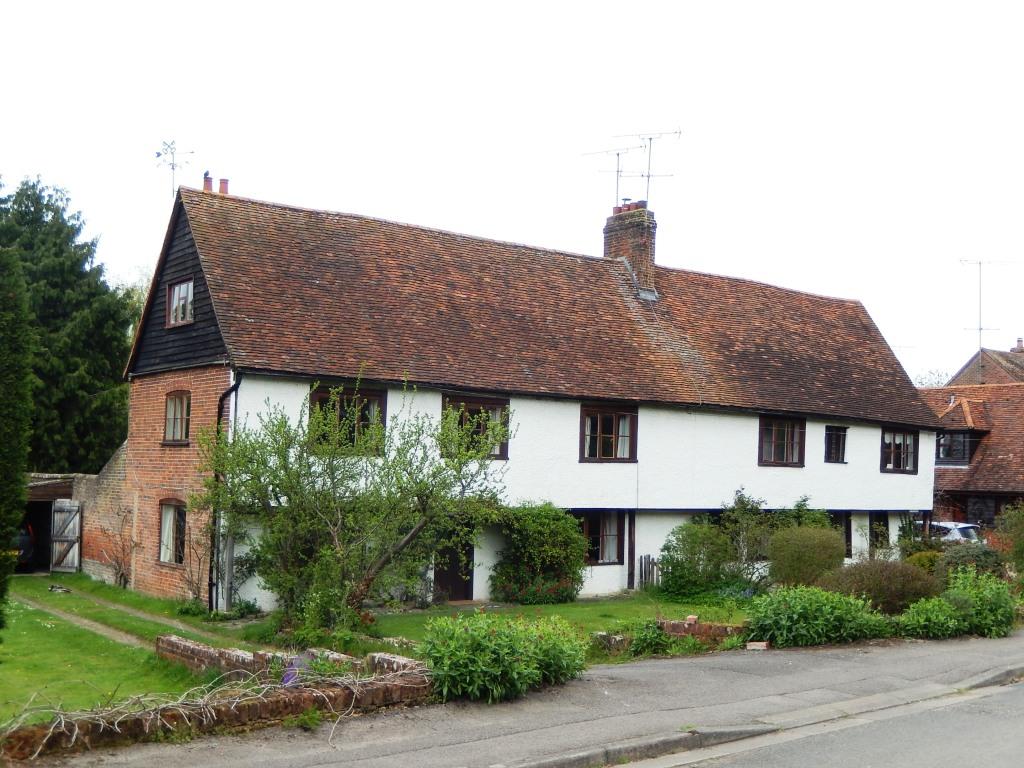
All the talks take place on a Wednesday in the Mead Hall in East Lane, Wheathampstead
(behind The Bull, next to the free car park, starting at 7.30 pm).
Admission is free for members and £3.00 for non-members and guests.
We will alert all members to forthcoming talks by email and by putting up posters in the village.
|
2026 |
|||
|
21 January |
|
Lady Anne Bacon, Mistress of Gorhambury Deborah Spring |
Lady Anne Bacon was a highly educated gentlewoman of considerable impact and influence: translator, religious reformer, and lady-in-waiting to Mary I and Elizabeth I. From the royal court to the challenges of running an estate and coping with a royal visit, the trials of managing brilliant but spendthrift sons, and the political and religious reverses of Tudor times, Deborah's talk about Lady Anne's life opens a window into a fascinating period of history and the experiences of a determined, active and intelligent woman. |
|
18 February |
|
The surprising story of the many inns of London Colney, c.1750-1850 Jon Mein |
For some 50 years or so, the small village of London Colney had nearly as many inns as St Albans, its busy neighbour. Who frequented them was not the expected posh travellers in their coaches and carriages. Instead, the local inns attracted a different class of customer. As a clue, some 260,000 of them crossed the bridge over the Colne in one year alone. Who were they? |
|
18 March |
|
The Civil Wars in Western Hertfordshire 1642 to 1651 John Morewood |
In this talk Dr John Morewood, President of St Albans Architectural and Archaeo-logical Society, will discuss how important this area was to the Parliamentary war effort. Not only was St Albans fortified but troops were quartered all over western Hertfordshire including Wheathamp-stead. Among other things the talk will explain why the preliminary steps which led to Charles I's execution began in St Albans, why Charles stayed at Wheathampstead and General Monck did not, and the role of the Garrard family of Lamer. |
|
15 April |
|
Wheathampstead from above Patrick McNeill |
The website “Britain from Above” includes a number of aerial photographs of Wheathampstead taken in the late 1940s. Patrick will show a selection of these photos and will talk about the history of some of the buildings that have since disappeared (for example the Helmets factory) and some that are still here. |
|
20 May |
|
Golf in Hertfordshire 1890-1914 Julie Moore |
This talk will look at the rapid growth in the number of golf courses that appeared in Hertfordshire from 1890 onwards, and the not always harmonious relationships between those who wanted to play and those who saw the course as an intrusion. Many of those early courses were set up on the local common and challenged what was understood by the right of access. How accommodation was reached gives us a sense of how the county was changing in the years leading up to the First World War. |
|
17 June |
|
Lady Caroline Lamb: not mad, bad and dangerous to know Jeanette Kruger |
The reputation of Lady Caroline Lamb has been much maligned. The words she apparently used to describe her lover Lord Byron, 'mad, bad and dangerous to know', were used against her by the Society of her time and by some of her own relatives who tried to declare her insane. She was volatile but she was not mad. Documents in the Hertfordshire Archives and an examination of some of her literary works show her to be a gifted and lucid writer who did not gamble her reputation away merely for love but also in quest of a literary career of her own. |
|
15 July |
|
Industrial Letchworth. The first garden city, 1903 –1920 Philippa Parker |
Letchworth was inspired by the ideas of Ebenezer Howard, but became a reality through the work of so many others, who deserve to be recognised: surveyors, financiers, philanthropists, architects, business people and the pioneer residents. This talk will cover the purchase and development of the site, the vital provision of infrastructure, how settlers were attracted to move to the town and the extraordinarily short time scale in which all this was achieved. The second part will be an overview of some of the early industries and businesses which set up in Letchworth, notably printing and publishing, motor manufacture, textile production and cottage industries and a substantial steel foundry operated during World War 1 by Belgian refugees. |
|
|
|
There will not be a meeting in August |
|
|
16 September |
|
To be announced |
|
|
21 October |
|
To be announced |
|
|
18 November |
|
To be announced |
|
|
16 December |
To be announced |
||
|
The following organisations offer a wide variety of talks.
Welwyn Archaeological Society (WAS). Click here.
Combined Hertfordshire Archaeological Societies (CHAS). Click here.
Harpenden & District Local History Society. Click here.
The St Albans History Society (SAHAAS), better known as the 'Arc & Arc'. Click here.
St Albans Cathedral. Click here.
The Hertfordshire Association for Local History (HALH). Click here.
The Institute of Historical Research (IHR). Click here.
The National Archives. Click here.
Gresham Lectures. Click here.
|
|||
|
2025 |
|||
|
15 January |
|
Brocket babies: Brocket Hall, a maternity hospital in World War 2 Helen George
|
Brocket Hall was requisitioned by the War Office in 1939 to be used by the City of London Maternity Hospital before and after the destruction of the in-patient section of the hospital by enemy action. A total of 8,338 “Brocket babies” were born in the safety of Brocket Hall between 1939 and 1949. Helen will tell us about this episode in the life of the Hall. |
|
19 February |
|
The surprising history of The Swan Inn, Stevenage Jon Mein
|
For some 300 years, what is now The Grange at 5 High Street, Stevenage, was a posh coaching inn attracting a wealthy clientele that wanted a home from home as they moved up and down the Great North Road. It may have been the largest inn in Hertfordshire. In this talk, Jon will “follow the money” to tell the story behind the Inn's growth during the 1700s and uncover the truth behind its closure in 1847, just before the arrival of the railway in 1850. |
|
19 March |
.jpeg) |
The Wheathampstead Saxon burial Ray Wilson
|
A unique bronze ewer found in a Saxon burial at Wheat-hampstead in the late 19th century and its companion glass 'palm-cup' are both in the British Museum. Yet, 140 years later, neither has a complete, coherent and convincing provenance. Attempting to improve this situation, Ray Wilson has spent two years dispelling myths, correcting mistakes and solving mysteries, in particular about the palm-cup, but also about the ewer. |
|
16 April |
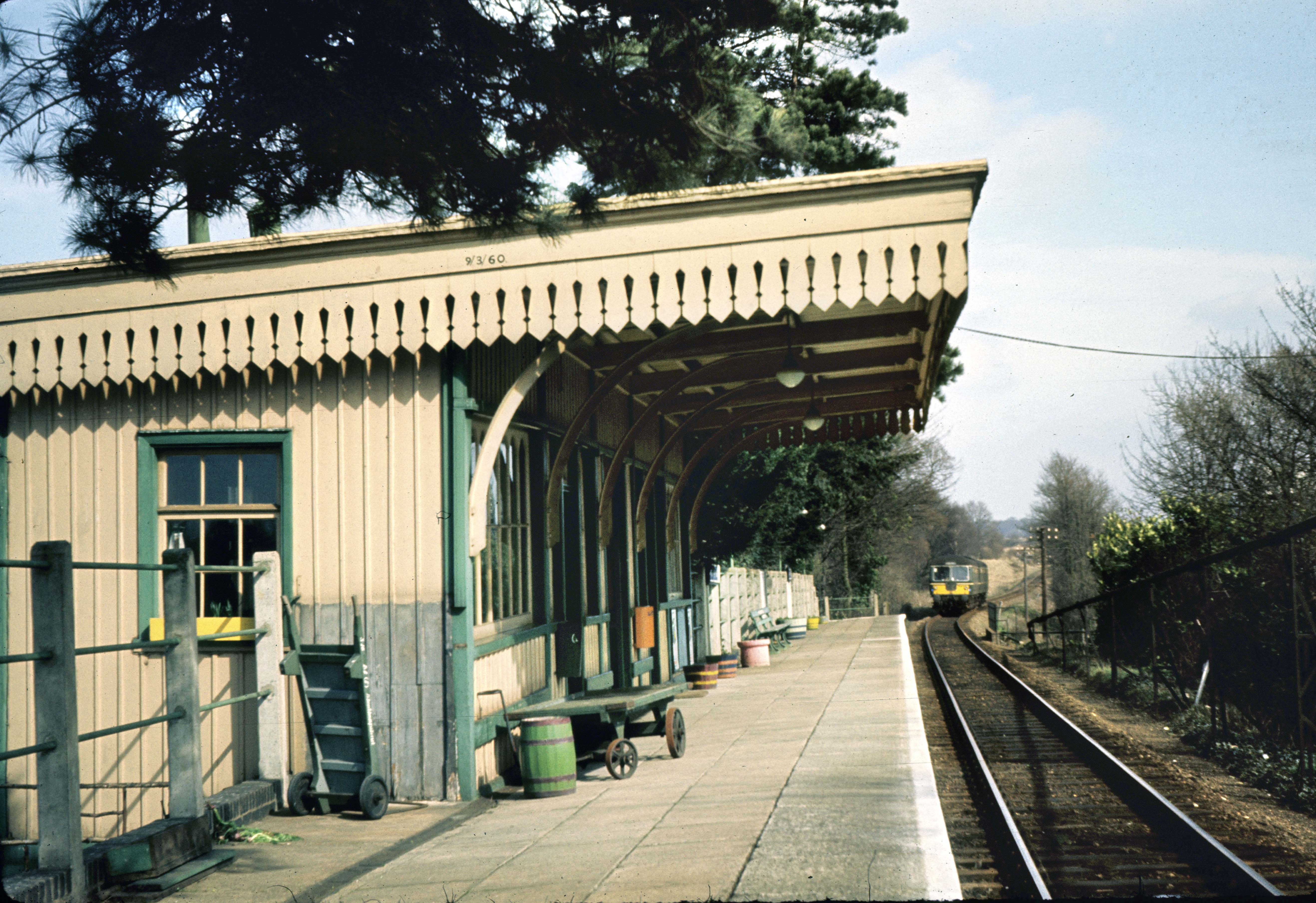 |
The story of Wheathampstead station Patrick McNeill
|
Wheathampstead Station was opened in 1860 on the new line that ran between Hatfield and Dunstable. The sidings and goods yard were on the far side of Station Road. The station was closed to passengers in 1965 and to freight in 1967; the bridge across the road was demolished in August 1967. The platform has been restored by a group of volunteers sponsored by the Parish Council. Patrick will recount the history of the station from its opening to the present day. (The talk will be preceded by a brief AGM.) |
|
21 May |
|
The picture postcard; an eyewitness to history Mark Pardoe
|
In this talk, Mark will show what the images on postcards, together with the messages written on the back, can tell us about social and local history, particularly of the Edwardian period. This image is of a branch of Boots the Chemist. Can you tell us where it was? Email whs@wheathampsteadheritage.org.uk |
|
18 June |
|
Allotments: a history Kate Harwood
|
Allotments have a long and varied history entwined with the end of feudalism, the rise of self-help and of the philanthropists, and the development of local government from parish vestries, through Poor Law Unions to the local authorities we have today. This talk will look at the start of the movement in the 17th century Civil War and trace its gradual rise through the 18th century including the Quaker and other non-Conformist industrial employers. This accel-erated through the 19th century with the urbanisation of the country and peaked during times of necessity during the World Wars. |
|
16 July |
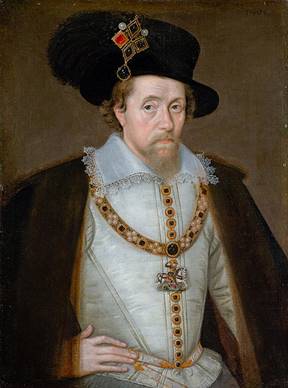 |
Jack of Herts: Jacobean Hertfordshire Elizabeth Eastwood |
2025 marks the 400th anniversary of the death of James I at Theobalds Palace in Hertfordshire. A keen huntsman, James was known as “the wisest fool in Christendom”. He would stay at his palace in Royston, where he could indulge his passion for hunting and debate with academics from nearby Cambridge. In this talk Elizabeth will tell us about James' visits to the county and what life was like beyond the palace walls, including an experiment in refrigeration, a notorious witch trial and the curious case of dognapping James' favourite hound! |
|
|
|
There will not be a meeting in August |
|
|
17 September |
|
The history and origins of Harpenden Tony Berk
|
Harpenden's history spans at least 800 years, but not as long as some other settlements in the district. 800 years ago, it was an insignificant hamlet and chapel, just a small part of the much more important and extensive parish of Wheathampstead, with its minster church and entry in Domesday Book. So what happened? But, much more interesting, when did Harpenden really begin to predominate and particularly over Wheathampstead itself? The answer is not straightforward and not, for instance, simply due to the effects of the railway. |
|
15 October |
|
Policing Wheathampstead before 'the police' Elaine Saunders
|
Hertfordshire established its county constabulary in 1841, but Dr Elaine Saunders' talk will look at how Wheat-hampstead maintained law and order before this, particularly during the eighteenth century. The talk sheds light on county authority structures and ancient systems of policing. It also introduces the men holding office, what their duties entailed and the type of offending they routinely dealt with. Finally, it considers the social changes which led to the formation of the constabulary. |
|
19 November |
|
Ghostly tales of Hertfordshire Elizabeth Eastwood
|
St Albans is one of the most haunted towns in the country with medieval monks and Roman soldiers. There is the firewatcher's tale of ghosts in the Abbey at Christmas and a touching tale of romance and enduring love. And medieval tales of ill omens of doom and disaster not to mention the Devil! But other Hertfordshire towns are haunted with equally strange tales, such as the scientist photographed with the ghost of his dead mother and the mother who buried her (dead) son in the cellar. |
|
17 December |
|
Memories and traditions Pat Walker and Anne Atton
|
Pat and Anne will recall Vida Field's memories of Christmas as an evacuee in Wheathampstead during the war, and talk about the origins of some of our Christmas traditions. Audience participation will be welcome; please share some of your Christmas memories. Mince pies and mulled wine will be served. |
|
2024 |
|||
|
17 January |
|
A Roman palace at Verulamium: and other stories Kris Lockyear
|
Kris Lockyear and his team of volunteers have completed another season of their geophysical survey of that part of the Roman city of Verulamium that lay within what is now the Gorhambury estate, on the western side of Bluehouse Hill in St Albans. The survey continues to produce some remarkable results. Kris will bring us up to date. |
|
21 February |
|
The Great Women of St Albans Tony Berk
|
The great women of any historic town or city are often neglected. This talk redresses the balance by describing 2,000 years of local history through the lives and fascinating stories of the important women who have had an effect on the history of St Albans. It shows how crucial these women were to St Albans and district and talks of their context in both local and national history. |
|
20 March |
|
What's in a name? What do the street names of Wheathampstead tell us about our village? Dianne Payne
|
Origins of street names are not always easy to determine. Some names are recent, while others have a long history. This illustrated talk will explore how the historic, cultural and symbolic priorities of Wheathampstead are reflected in its street names. Which key figures in the village were thought worthy of remembrance and how many street names have changed over time? Whether you are a newcomer or a long-term resident, come and discover more about the name of the street where you live and share your thoughts about our village. |
|
17 April |
|
The mysterious watercourses of Wheathampstead Mill Mike Smith
|
It may not be obvious today but the valley close to Wheathampstead Mill had a series of puzzling watercourses many of which have been filled in, some of them recently. What were these mysterious watercourses and what insights do they give us about the history of medieval Wheathampstead? This talk by Mike Smith will be of particular interest to members who live in King Edward Place. |
|
15 May |
|
The long story of the short St Albans canal Jon Mein and Frank Iddiols
|
In 1795, an Act approving the construction of a canal linking St Albans and places like Wheathampstead and Harpenden to the new Grand Junction Canal and the wider world was given Royal Assent. Jon Mein and Frank Iddiols consider why the canal was never built, who was for and who was against the expensive proposals, and the planned route for a replacement railway service. |
|
19 June |
|
The archaeology of Wheathampstead David Thorold
|
From mesolithic graves in the churchyard through Belgic pottery under the bypass, Devil's Dyke, Roman remains at Wick Avenue and Turners Hall Farm, a seventh century ewer near Wheathampstead House, a post-medieval coin hoard on Nomansland and much more, Wheathamp-stead's long history is brought to life by the work of archaeologists. David Thorold, curator at St Albans Museum, will talk about some of these and other finds. |
|
17 July |
|
The Shaws in Hertfordshire - the lives and friends of GBS and Charlotte in the county. Philippa Parker |
George Bernard Shaw, playwright and, with his wife Charlotte, left-wing political activist, wrote nearly 60 plays and more than 250,000 letters, articles and pamphlets. From 1906 until his death in 1950 at the age of 94, he and Charlotte lived at Shaw's Corner in Ayot St Lawrence from where they enjoyed an active social life, including with the Cherry-Garrards at Lamer. |
|
|
|
There will not be a meeting in August |
|
|
18 September |
|
Old Wheathampstead on film Chris Blackler
|
Chris, a member of the History Society and a long-term resident of Wheathampstead, showed us three old films of the village and shared some of his memories. A lively discussion followed in which members added some of their own reminiscences. There are links to all three films on the Links page of this website. |
|
16 October |
|
Reconstructing the medieval church of St Mary's, Rickmansworth, from wills Heather Falvey
|
In an inspirational talk, Heather showed how she had used 15th and 16th century wills as a source of information about the medieval church of St Mary's in Rickmansworth, including its statues, chapels, windows and tombs at that time. Members were inspired to look into the possibility of doing similar research about St Helen's Church in Wheathampstead. |
|
20 November |
|
Highwaymen and women of Hertfordshire Elizabeth Eastwood
|
The seventeenth and eighteenth centuries were the heyday (if that's the right word) for highway robbery and Hertfordshire, having the main roads coming north from London, had more than its fair share of highwaymen and women. Elizabeth introduced us to many of them, contrasting the sometimes romantic image with the often harsh reality. |
|
18 December |
|
The rise and fall of the manor of Wheathampstead Mike Smith
|
Starting in the Anglo-Saxon period, Mike will talk us through the emergence and growth of the manor of Wheathampstead in the medieval period, its gradual decline thereafter, and the separation of Harpenden from Wheathampstead in the 19th century. Mulled wine and mince pies will be served! |